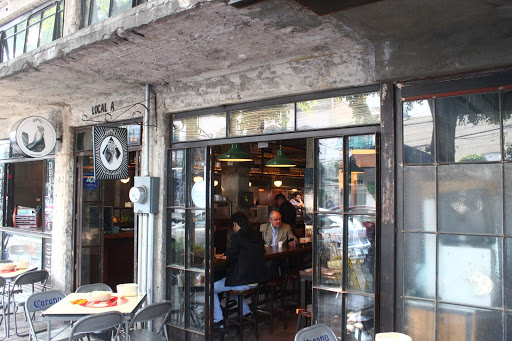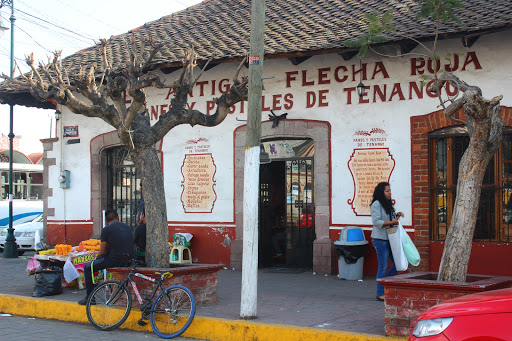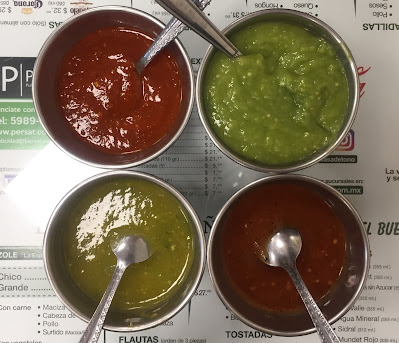March 14, 2018
Teotihuacan was once the largest city in Mexico, boasting over 125,000 inhabitants and 2,000 buildings in an area of about 7 square miles. Understandably, it is one of Mexico's most significant Mesoamerican archaeological sites. Construction of the first structures probably started around 200 BC. The two main pyramids on the site, the Pyramids of the Moon and Sun, were likely built around 200 AD. The city reached its peak size and influence between 350 and 650 AD (almost 1,000 years before the zenith of that Aztec civilization in what is now Mexico City), and then was in a period of decline between 650 and 750, probably due to wars, both internal and external.
Not surprisingly, Teotihuacan is a UNESCO World Heritage site, so designated in 1987. UNESCO notes that the Aztecs, who discovered the city long after it was abandoned, believed this is the place the sun and moon were created, and so they named it "Teotihuacan," or "the place where the gods were created."
The ceremonial center of Teotihuacan is what attracts visitors, although it actually comprises only 10% of the total surface area of the city. (There is still a lot of archaeology work ahead!) It includes a 1.5-mile-long, 103-foot-wide street that is known as the "Avenue of the Dead." The Temple of the Feathered Serpent/Quetzalcoatl is on one end, the Pyramid of the Sun is just off-center, and the Pyramid of the Moon is at the far end. Other temples and structures are scattered along the avenue.
I was very excited to visit Teotihuacan, the massive pyramid complex about 30 miles northeast of Mexico City. I had been there twice before, once in 1978 and once in 1979. It's a place that stays in your head.
We had one note-worthy sighting on our drive to the site: a sculpture called El Vigilante by the contemporary artist Jorge Marin. He has a series of sculptures of crouching, winged, beaked men, including one installed along Mexico City's Paseo de la Reforma. El Vigilante is a little eerie. This isn't a very clear image:
This one I took with my cellphone from the moving car is better, but I cropped off the top of his head and his wings. Between the two photos, you get a good idea, right?
(We interrupt this post for a Frida sighting at the ticket office at Teotihuacan.)
Not surprisingly, Teotihuacan is a UNESCO World Heritage site, so designated in 1987. UNESCO notes that the Aztecs, who discovered the city long after it was abandoned, believed this is the place the sun and moon were created, and so they named it "Teotihuacan," or "the place where the gods were created."
The ceremonial center of Teotihuacan is what attracts visitors, although it actually comprises only 10% of the total surface area of the city. (There is still a lot of archaeology work ahead!) It includes a 1.5-mile-long, 103-foot-wide street that is known as the "Avenue of the Dead." The Temple of the Feathered Serpent/Quetzalcoatl is on one end, the Pyramid of the Sun is just off-center, and the Pyramid of the Moon is at the far end. Other temples and structures are scattered along the avenue.

































